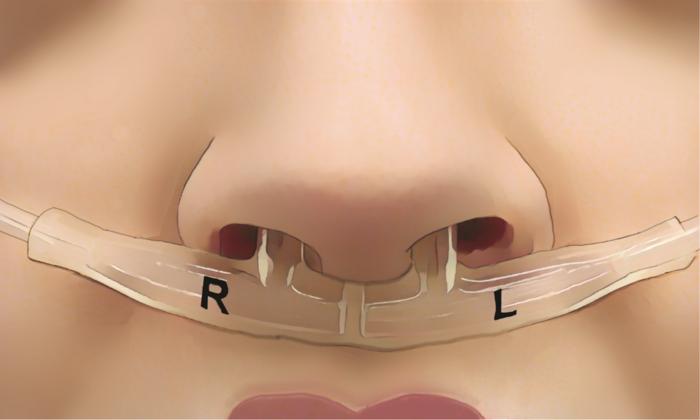The Way You Breathe Is Unique to You, Like a Fingerprint, New Study Suggests - Smithsonian Magazine [View all]
Researchers could identify people with almost 97 percent accuracy based on 24 hours of their recorded breathing patterns, and they also found links to a person’s mental and physical condition
Your fingerprints, the ridges on your tongue and the patterns on your irises are all unique to you. Now, researchers say your breathing pattern over the course of a day could be added to that list.
A new study published in the journal Current Biology last week found that people can be reliably identified by their breathing pattern alone. And these patterns seem to be correlated with indicators of physical and mental health.
Breathing is regulated by the brain—each inhale and exhale you take triggers electrical activity in neurons. Respiration is connected to several brain areas, including those related to cognition, emotions and memory. “We hypothesized, brains are unique, ergo breathing patterns would also be unique,” says Noam Sobel, a neurobiologist at the Weizmann Institute of Science in Israel and study co-author, to Veronique Greenwood at the New York Times.
To test this hypothesis, Sobel and his team developed a wearable device that tracks nasal airflow over 24 hours, recording details like the duration of each breath, time between breaths and the amount of air passing through each nostril. The study’s 100 participants wore the device while going about their daily routines and logging their activities in an app.
The scientists were able to identify the participants based on their breathing patterns with 96.8 percent accuracy using a machine learning program. And that level of accuracy was consistent across retests spanning two years, which also allowed the researchers to further train their algorithm.
Read more:
https://www.smithsonianmag.com/smart-news/the-way-you-breathe-is-unique-to-you-like-a-fingerprint-suggests-new-study-180986797/?utm_medium=distribution&utm_source=pushly&utm_campaign=editorial
 Researchers developed a wearable device to monitor participants' breathing. Soroka et al., Current Biology, 2025
Researchers developed a wearable device to monitor participants' breathing. Soroka et al., Current Biology, 2025
